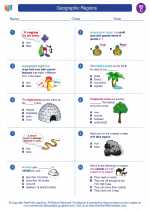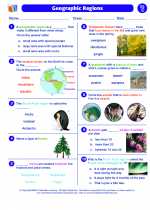Easter Island
Easter Island, also known as Rapa Nui, is a remote island located in the southeastern Pacific Ocean. It is famous for its monumental statues, called moai, created by the early Rapa Nui people. The island is a special territory of Chile and is renowned for its archaeological and cultural significance.
History
The history of Easter Island is shrouded in mystery. The Rapa Nui people are believed to have settled on the island around 1200 CE. They were skilled in agriculture, fishing, and stone carving. The most iconic feature of the island, the moai, were carved from volcanic rock and placed on stone platforms called ahu.
Moai Statues
The moai are massive stone statues that represent ancestors and important figures in Rapa Nui culture. They were carved from a quarry at Rano Raraku and transported to various locations across the island. The largest moai erected is over 30 feet tall and weighs an estimated 82 tons.
Decline of Rapa Nui Civilization
By the 18th century, Rapa Nui society had declined, and the island's population had significantly decreased. The exact reasons for this decline are still debated among scholars, but factors such as deforestation, environmental degradation, and societal conflict are believed to have played a role.
Study Guide
- When did the Rapa Nui people settle on Easter Island?
- What are the moai and where were they carved?
- What factors are believed to have contributed to the decline of Rapa Nui civilization?
- What is the current status of Easter Island?
Use the information provided to answer the study guide questions and further explore the fascinating history and culture of Easter Island.
[Easter Island] Related Worksheets and Study Guides:
.◂Social Studies Worksheets and Study Guides Third Grade. Geographic Regions

 Worksheet/Answer key
Worksheet/Answer key
 Worksheet/Answer key
Worksheet/Answer key
 Worksheet/Answer key
Worksheet/Answer key
 Worksheet/Answer key
Worksheet/Answer key
